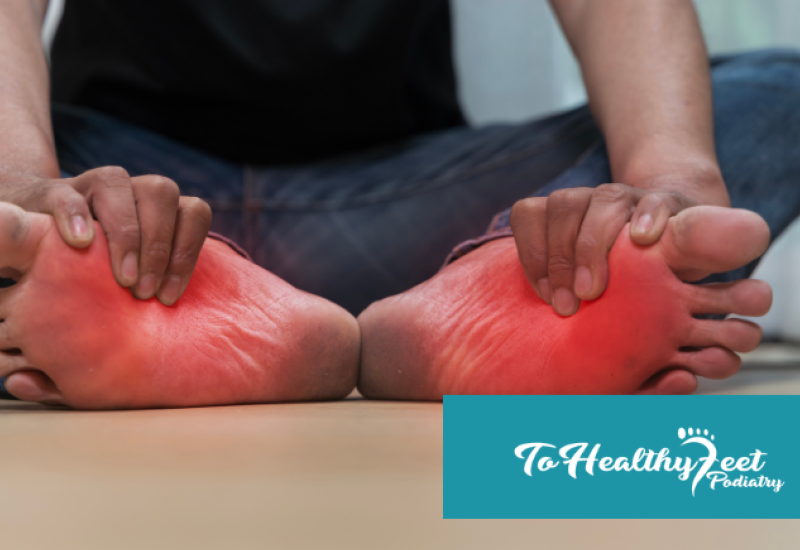Everyone loves a great beach vacation! The sun, sand, and surf — it’s a recipe for a relaxing and rejuvenating time! While the beach can be a ton of fun, it also has several foot hazards that can turn your good time into a painful experience very quickly. Here are some of the best tips from our NYC podiatrist on how to protect your feet during your beach holiday.
Keeping your feet protected while you are on your beach holiday is one of the best ways to ensure you have nothing but good memories of your vacation. Water shoes are the perfect beach accessory to keep your feet safe from sharp shells, burning hot sand, and sea creature stings, and to avoid:
- Foot burns
- Ulcers
- Infections
If you do experience any problems with your feet during or after your beach holiday, then you should get in touch with your NYC podiatrist as soon as possible. ‘Minor’ foot problems tend not to stay minor for long if you ignore them, and your podiatrist is in the best position to help assess your situation and determine the right course of treatment.
We Are Now Open!
Our midtown and downtown foot clinics are now open! Please contact our downtown or midtown podiatrists to book an in-person appointment. We are also offering telemedicine services, and our virtual medical clinic allows our team to provide you with comprehensive care right from the safety of your own home.
Want to know more?
BOOK AN APPOINTMENT WITH OUR NYC FOOT DOCTOR
Top Foot Safety Tips to Follow When You’re at the Beach
Whichever beach you have chosen for your holiday or day out, it’s important to take a moment beforehand to make sure your feet are properly protected and cared for. Why? You don’t want a burn, injury, or infection ruining your getaway!
Here are some of the best beach foot safety tips from our NYC podiatrist:
1. Don’t Go Barefoot
Even on the softest and cleanest sand, feet are vulnerable to things such as glass, sharp pieces of coral, hot sand/pavement, jellyfish stings, and fungal infections. Not only could this cause you pain, but your cut/injury could easily get infected. If you have diabetes, your risk is even higher, so it’s imperative you don’t go on the beach barefoot.
What Should You Wear?
Water shoes are the perfect accessory to help protect your feet from such dangers, especially if they have decent arch support and cushioning built in. They’re also designed to drain and dry quickly, and to remain lightweight in the water.
If you are highly active and want to walk on the beach, there are some reasons why you shouldn’t wear flip flops, including:
- Their flimsy design offers no real arch support or shock absorption
- They don’t offer as much protection for your toes and soles
- They force you to dig in the sand with your toes and shorten your gait, which can lead to pain throughout the body, including in your knees, hips, and back
Remember, walking, jogging, and playing sports on soft and uneven surfaces such as sand can lead to arch pain, heel pain, or even an ankle sprain. To protect your feet, wear the appropriate shoes that provide heel cushioning and ankle support.
2. Don’t Forget to Put Sunscreen on Your Feet
Many people ignore their feet when it comes time to apply sunscreen, but your feet are just as likely as any other part of your body to get sunburned and it can cause pain!
In addition to this, your feet are highly susceptible to melanoma and other forms of skin care, so apply sunscreen to the tops and bottoms of your feet to protect them from the harmful rays of the sun.
Sunscreen Tips
- Don’t wait until you’re sitting on the beach to apply sunscreen! Most products require you to do this at least 30 minutes before sun exposure for the best effect.
- Check the directions on how often you need to reapply and under what conditions. If you are spending the whole day at the beach, you may need to apply sunscreen several times.
3. Avoid the Water If You Have a Cut
It’s important to wear shoes to protect your feet from puncture wounds and cuts caused by sea shells, broken glass, and other sharp objects. If you do get cut, try to avoid going into the water. Bacteria in oceans and lakes can cause infections.
Shield Your Feet from Burns
Sand, paved surfaces, and sidewalks tend to get hot in the summer sun. Make sure to wear shoes to protect your feet from burns, especially if you have diabetes.
4. Check Your Feet Before You Leave
Once your beach day is over, take a few moments to wash your feet thoroughly with soap and water, and dry them carefully. DO NOT share towels. Used and unwashed towels can harbor fungus from someone else!
When your feet are clean, look them over completely for any problems you may have developed during the day, such as cuts, blisters, or damaged toenails. Again, this is more critical if you have diabetes since you’re more likely to develop complications from such injuries.
Our Downtown and Midtown Podiatrists Can Help Protect Your Feet from Injuries
Whether you have suffered an injury or cut during your beach holiday, or you have questions about a potential foot condition, such as bunions, high arched feet, or plantar fasciitis, the sooner you seek advice from your podiatrist, the easier the condition will be to treat.
To find out more about how our NYC podiatrists can help you manage any foot/ankle problems, contact us at 917-398-3668 or book a virtual consultation.



